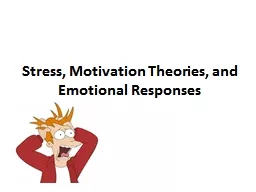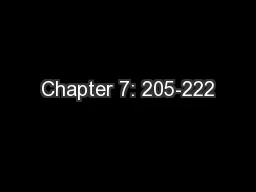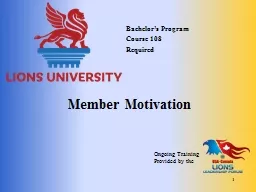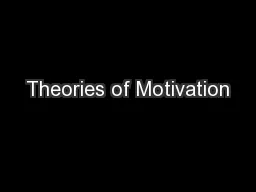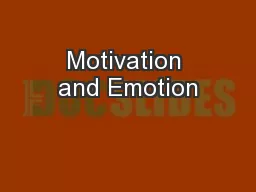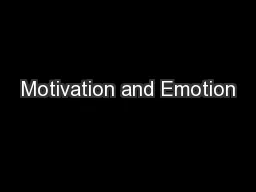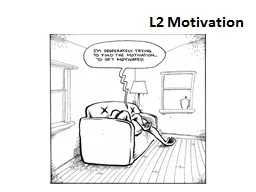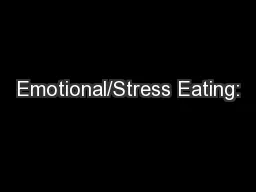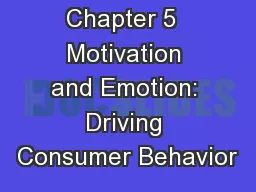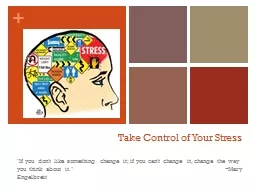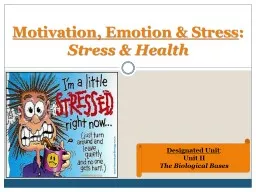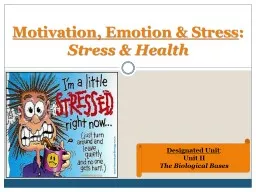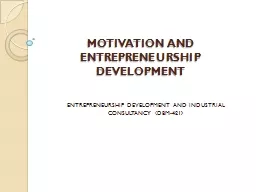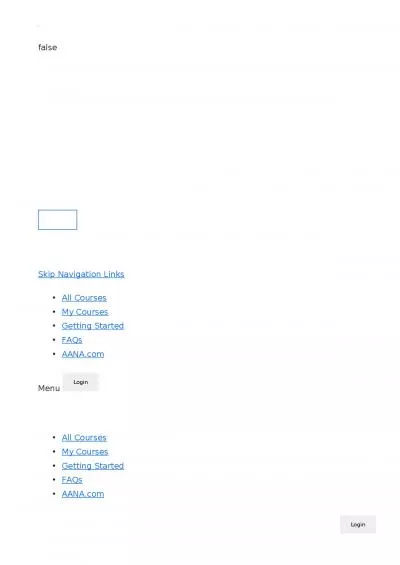PPT-Stress, Motivation Theories, and Emotional Responses
Author : bigboybikers | Published Date : 2020-06-19
STRESS STRESS Holmes amp Rahe Scales 1967 Identified experiences for adults and nonadults that are most likely to cause physical health issues Types of health
Presentation Embed Code
Download Presentation
Download Presentation The PPT/PDF document "Stress, Motivation Theories, and Emotion..." is the property of its rightful owner. Permission is granted to download and print the materials on this website for personal, non-commercial use only, and to display it on your personal computer provided you do not modify the materials and that you retain all copyright notices contained in the materials. By downloading content from our website, you accept the terms of this agreement.
Stress, Motivation Theories, and Emotional Responses: Transcript
Download Rules Of Document
"Stress, Motivation Theories, and Emotional Responses"The content belongs to its owner. You may download and print it for personal use, without modification, and keep all copyright notices. By downloading, you agree to these terms.
Related Documents

